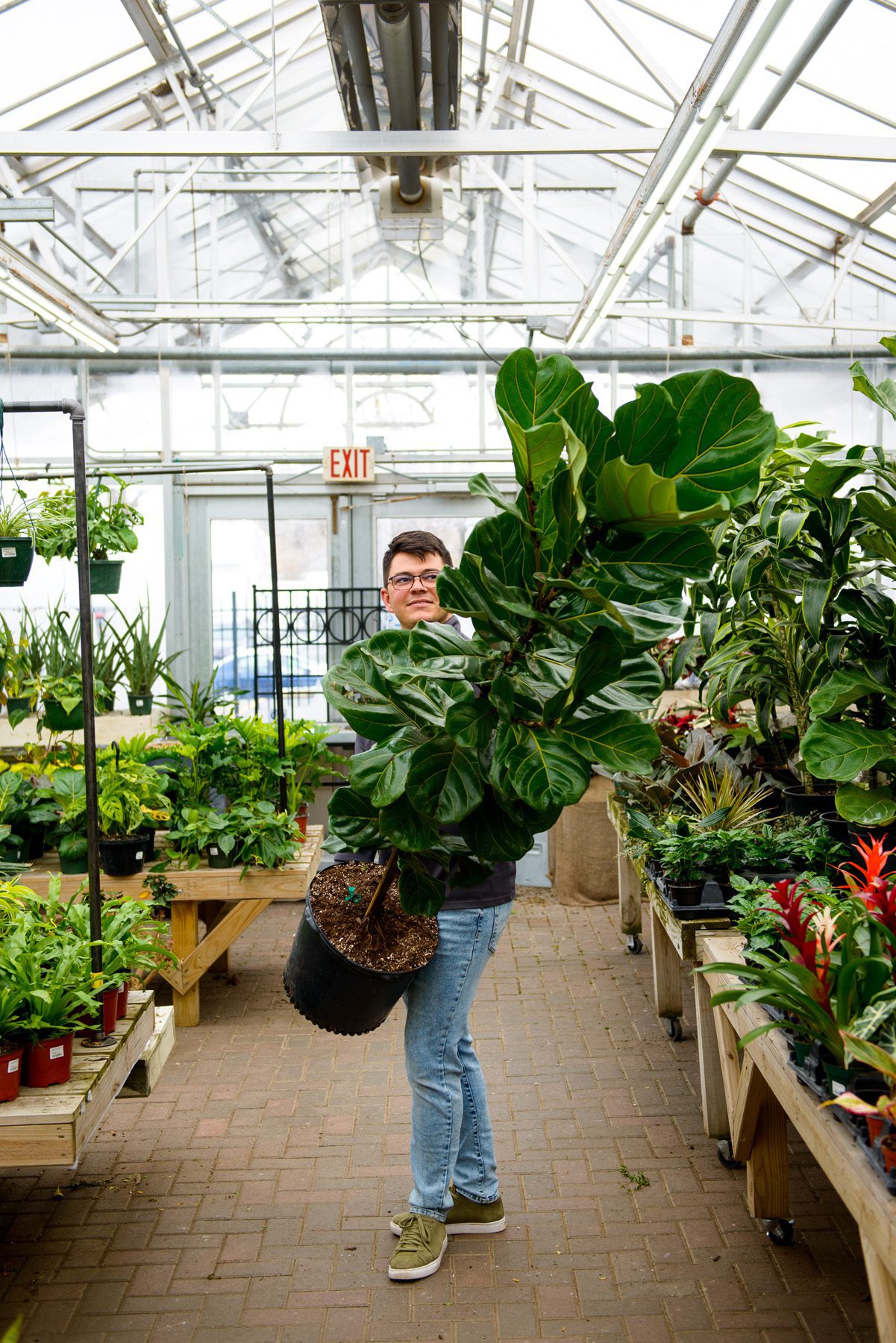Neil's Tips For Repotting Your Houseplants
With spring quickly approaching it’s time to evaluate our houseplants. As the days get longer, our homes grow warmer and more humid. In turn, our houseplants start to break dormancy and put out new growth (Yay)!
One of the areas I look at first is the soil. If you don’t have healthy soil your plants will struggle. Some people think repotting can be difficult, but I’ll share a few tips to make this process a little easier.
Here are the three simple key items to notice when you’re evaluating your houseplants and wondering if it’s time get them into a new pot:
- Root of the Problem – Watch for encircling roots or roots that are beginning to grow out of the bottom of the pot. If your roots are making laps around the inside of the pot then it’s time to repot.
- Happy Plants Turn Into Big Plants – If your plants foliage is much greater than the size of the pot then it might be time to transplant into a larger pot. If it has been a few years and your plant was in a happy location the foliage will likely be out of proportion with the root ball and container.
- The Mix – Soil gets old. Over time it loses its water storage capacity. I find that it is best to refresh the soil every two or three years. If you have begun to notice inconsistent drying or that your plant requires water more frequently, these may be signs that your soil is aging and it is time to refresh.
Have you now determined that your plant would benefit from a repotting? You will want to follow my five easy steps below for repotting success!
- Remove the plant from the existing container – Sometimes you will have to squeeze the container or lightly tap it on a table to loosen the plant from the old container. When you have it out, take a look at the roots.
- Loosen the roots – Look for any circling roots and cut away anything dead or damaged roots. Unhealthy roots can cause issues down the road.
- Remove the old soil – Gently shake away the old soil
- Begin to fill the container with the new potting mix – If you are planting into a new container make sure it isn’t too big. I always recommend only going up 2″ at a time. If you go too big you run the risk of root rot and other plant health issues. In the new container or planter, slowly add potting mix around your plant to find the right planting level and remember to always use a high quality, well draining potting mix for all of your houseplants.
- Water and let grow! – Always make sure to thoroughly water after disturbing a plant’s roots to eliminate any air spaces. At this point you can also add a slow release fertilizer if you choose.
See Neil talk about and show the above steps on our YouTube channel here!

